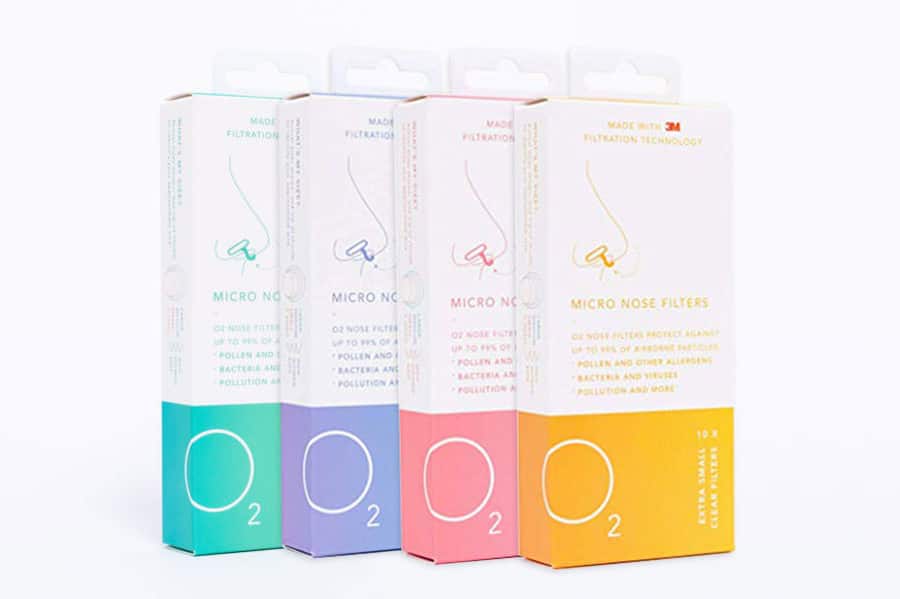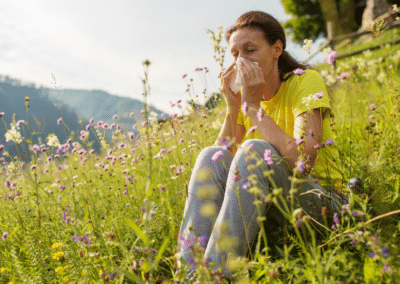Spring has sprung, which means we’ll be seeing a combination of sunny days, rainy days, and of course…allergies. If you’re prone to persistent asthma or allergies due to high levels of pollen grains in the air, questions you may ask yourself are, “Do I want it to rain? Will local rainfall actually help me beat this hay fever?”
Well, the answer is both yes and no.
The interaction that rain has with pollen is a complicated one that boils down to the intensity of local rainfall. Let’s explore why this is the case.
Rain & Pollen
Trees can actually release more pollen during the dry seasons. This is a result of the minimal amount of moisture in the air that would’ve weighed down the pollen particles. Windy, dry days create perfect conditions for pollen to travel farther and more easily. Light rainfall can benefit those with allergies by washing pollen grains away, and the humidity that follows helps keep pollen from blowing in the air.
On the other hand, thunderstorms may be detrimental to those who suffer from asthma and allergens. Heavy downpours can hit and break up pollen clumps into smaller particles. The updraft winds of a storm can gather those smaller grains and disperse them around the area, ultimately ending up in our lungs.
Following a thunderstorm, mold spores, grass, and plant pollen are disturbed and released into the air. It’s been observed that pollen counts go up during this time, causing allergy symptoms to be triggered. A study conducted by Emory University and the University of Georgia analyzed asthma emergency room visits, they found a 3% spike in asthma emergency room visits following thunderstorms.
Light rain can actually benefit those with allergies whereas a heavy downpour or thunderstorm may dramatically worsen someone’s hay fever.
Mold & Indoor Allergens
If someone is avoiding outside allergens by staying indoors, it’s important to know what factors may impact the air quality at home. Mold allergy symptoms are very similar to pollen allergy symptoms, such as sneezing, itching, runny nose, congestion, and dry skin. Mold spores are a year-round risk that can become a worse threat when exposed to moisture. Regularly using a dehumidifier in areas like your kitchen, restroom, and garage can be a great way to reduce mold.
Other indoor allergens include dust mites, pet dander, pollen, and much more. Great ways to limit indoor allergens are to keep the surfaces of your home clean, vacuum twice a week, and clean the pollen out of your pets fur once they enter the house. Finally, prevent pollen from getting indoors by keeping the windows closed and turning on the air conditioner to reduce humidity.
O2 Nose Filters
Whether you’re indoors or outdoors, O2 Nose Filters are a great way to prevent inhaling allergen particles. These filters are discreet and don’t inhibit conversation, so they are great for everyday use in the workplace, industrial areas, public transportation, and outdoors. Available in Extra-Small, Small, Medium, and Large, our lightweight filters will contour the inside of your nose and are great to wear for up to 12 hours.

BLOCK IT OR BREATHE IT
Click here for a FREE (+S&H) sample pack to see which size works best for you!



